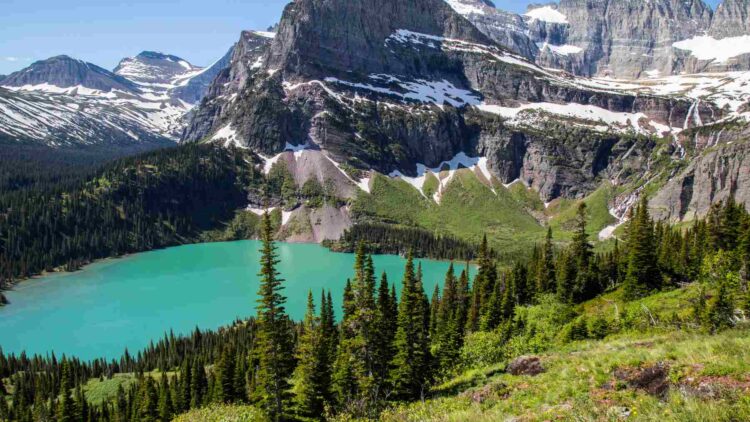National Parks are the pride and joy of many countries, and with them being in the news lately due to Donald Trump’s cuts to their budget, many are taking this opportunity to learn more about them and the way that they were established and how they operate nowadays. If you are from the US, you might have grown up thinking that Yellowstone was the world’s very first national park. While this is definitely true from the West, there is another National Park that predates it by at least five centuries, and that is Bogd Khan Uul in Mongolia.
We tend to see the world through a western perspective, but we cannot forget that Asia was home to plenty of advanced civilizations that coexisted with ours in the past and that had their own interests and rules that were really quite similar to ours. They were also interested in preserving culture and nature (arguably more than us) and naturally took steps to ensure that future generations would be able to enjoy the wonders of their own protected pieces of land.
Establishing National Parks, an effort that has been going on for centuries
For reference, Yellowstone was established as a National Park by the U.S. Congress back in 1872. That is a very long time ago, and it demonstrated incredible foresight into land exploitation practices that we would see not long after. Bogd Khan Uul has a different story.
This mountain reserve, located just south of Ulaanbaatar in the Khentii range has a connection to Chinggis Khan, the founder of the Mongol Empire. While history of this time period is not as widely known, a13th-century text called “Secret Lives of the Mongols” mentions that Toghrulkhan, an ally of Chinggis Khan’s father, actually declared the mountain off-limits to hunting and logging, protecting it from exploitation far before anyone thought to do the same in North America or Europe.
Although this protection was never revoked and it stayed throughout the centuries, in 1783, the Qing Dynasty made things official by giving Bogd Khan Uul protected status, making it officially a National Park and establishing the ground rules of its use and rights. This was still almost a full century before Yellowstone’s designation, so if the first 13th century date is not convincing enough, this legal document should do the trick.
This is not the last time that Bogd Khan Uul would be recognized and appreciated, as in 1996, the area was recognized globally as a UNESCO Biosphere Reserve, making its status even more airtight.
And it is worth a visit, covering about 104 square miles, Bogd Khan Uul has everything from thick forests and rocky peaks to flower-filled meadows. It is a hotspot for wildlife too, home to creatures like Siberian roe deer, lynx (Pallas’s cat), wild boars, red foxes, Arctic hares, golden eagles, and various kinds of woodpeckers and vultures, making it a thriving sanctuary for plenty of rare species.
But Bogd Khan Uul is not the only place in the world worth a visit, there are plenty of National Parks that were established a long time ago, and since Yellowstone has always been mentioned as the first, we do not know nearly enough about the others and their establishment. Some of the oldest National Parks in the world are:
- 1783: Bogd Khan Uul, Mongolia
- 1872: Yellowstone, USA
- 1879: Royal National Park, Australia
- 1885: Banff, Canada
- 1886: Yoho, Canada
- 1887: Tongariro, New Zealand
- 1890: Sequoia, Kings Canyon, and Yosemite, USA
Most of these parks are famous on their own rights and all of them are worth a visit for nature enthusiasts. Just remember to protect them and the creatures that live within them when you do.

